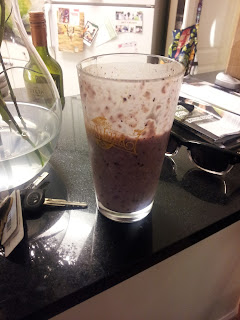Well, perhaps undervalue is the right word - many runners openly acknowledge that they should be doing more stretching or core conditioning, but somehow it's much easier to make time for miles than it is to do the necessary maintenance and support work.
I'm a convert to the idea of integrated fitness: all of our body systems are connected and mutually supporting, and if you want to excel in any category of motion, you have to expand your fitness regime beyond your primary area of focus. In the long term, performance will go up - but more importantly, I believe that doing stretching and conditioning are key to improving form and developing running mechanics that will minimize the risk, duration and severity of injury.
To encourage strength and mobility, I cannot recommend strongly enough Becoming a Supple Leopard by Kelly Starrett.
That buff guy at the beginning of the video? That's the good doctor. His book covers a general philosophy on mobility and core stabilization, illustrates proper technique for an extensive list of typical exercises, and most importantly, includes massage and muscle smashing techniques for more or less every muscle system in the body. I've been using his program to do good work on my calves, quads, shins and ankles. To implement all of his techniques, you need:
- resistance bands
- hard rubber ball (like a lacrosse ball)
- a foam roller
- (occasionally) a friend that might enjoy torturing you
Seriously, if you're a hardcore runner and you feel like you're hobbling around when you aren't running, or you feel like you have tons of nagging injuries that you can't shake, you could probably use some more flexibility and mobility to correct the imbalances that caused your "overuse" injuries in the first place.
In the introduction to Supple Leopard, Dr. Starrett makes a comment that the human body and its various joints, muscles and tendons were designed for repeated use - millions of repetitions. Based on how sedentary most of us are compared to our hunter-gatherer ancestors, the idea that we might get "overuse" injuries is preposterous. We get hurt because we have bad form and limited range of motion.
The book lists for $60, but the going rate on Amazon these days is about $28. I promise you, it's worth every penny. How many books have you seen on Amazon with 424 reviews, of which 390 are 5 stars?
The book lists for $60, but the going rate on Amazon these days is about $28. I promise you, it's worth every penny. How many books have you seen on Amazon with 424 reviews, of which 390 are 5 stars?



